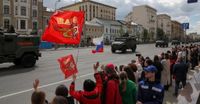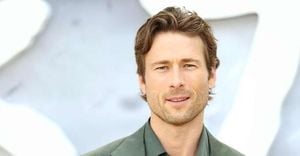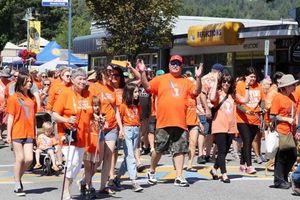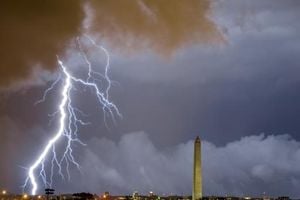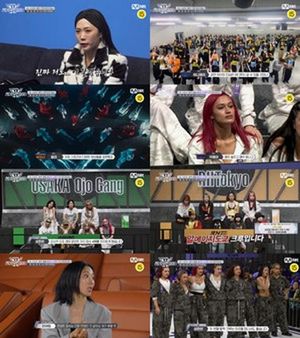Russian President Vladimir Putin is set to host a grand World War II Victory Day parade in Moscow on Friday, May 9, 2025, marking the 80th anniversary of the Soviet victory over Nazi Germany. This year’s event is significant, as it is expected to be the largest parade since Russia’s full-scale invasion of Ukraine in 2022. More than 20 foreign dignitaries, including China’s Xi Jinping and Brazil’s Luiz Inacio Lula da Silva, are scheduled to attend, showcasing Russia’s attempt to project strength and unity among nations of the global south against Western opposition.
The parade, taking place in Red Square, will feature thousands of soldiers, armored vehicles, tanks, and even nuclear missile launchers. A regiment of Chinese soldiers will march alongside Russian troops, and fighter jets are expected to fly over Moscow, adding to the spectacle. The Kremlin hopes this display will rally patriotism at home and assert Russia’s military prowess abroad amidst ongoing conflict in Ukraine.
In a bid to mark the occasion, Putin unilaterally ordered a three-day humanitarian truce in Ukraine, starting on May 8, 2025. However, Ukraine has dismissed this truce as a farce, warning that it cannot guarantee the safety of world leaders attending the parade. Ukrainian President Volodymyr Zelensky has labeled the truce a “theatrical show,” proposing instead a 30-day ceasefire to facilitate meaningful negotiations for peace.
Security measures in Moscow are tight, with bans on vape pens, electric scooters, and animals at the parade. Authorities have also jammed mobile internet connections in the capital, citing the threat of potential Ukrainian attacks during the event. This heightened security reflects the tense atmosphere surrounding the celebrations, as Ukraine continues to accuse Russia of breaking the truce hundreds of times.
The choice of foreign leaders attending the parade is being closely scrutinized. Xi Jinping and Lula da Silva are among the most significant guests, with their presence seen as a show of solidarity with Russia. Slovak Prime Minister Robert Fico is the only leader from the European Union to attend, despite warnings from Brussels. Serbian President Aleksandar Vucic, whose country has historically strong ties to Moscow, will also be present.
This year’s parade is particularly poignant as it commemorates the immense sacrifices made during World War II. The war resulted in over 20 million civilian and military deaths in the Soviet Union, and Putin has consistently tapped into this national trauma to bolster his image as a defender against fascism. May 9 has become Russia’s most important public holiday, with the narrative of the “Great Patriotic War” being a cornerstone of national identity.
Putin’s rhetoric often draws parallels between the struggles of the Soviet Union during World War II and Russia’s current military actions in Ukraine. He has framed the conflict as a necessary measure to “de-Nazify” Ukraine, a claim that has been met with skepticism and outrage from Ukrainian officials. Zelensky has condemned this narrative, emphasizing that the current conflict has nothing to do with the historical fight against Nazism.
As the parade approaches, the Kremlin is keenly aware that the participation or absence of foreign leaders will be interpreted as a sign of defiance or allegiance to the West. The event is not just a celebration of past victories but a strategic maneuver to reinforce Russia’s standing in the international arena, especially amid increasing isolation from Western nations.
The significance of the 80th anniversary is underscored by the Kremlin’s promise that this year’s commemorations will be the biggest ever. The parade will culminate in an address from Putin, who is expected to rally support for his military actions in Ukraine while paying homage to the sacrifices of those who fought against fascism during World War II.
In the lead-up to the parade, the atmosphere in Moscow is charged with both anticipation and tension. The Kremlin’s efforts to portray a united front among allied nations stand in stark contrast to the realities on the ground in Ukraine, where the conflict continues to escalate. As the world watches, the Victory Day parade will serve as a critical moment for Russia to project strength and resolve, while also revealing the deep divisions that persist in international relations.
Ultimately, the events of May 9 will not only commemorate a historical victory but will also serve as a reflection of contemporary geopolitical dynamics. The Kremlin’s narrative of heroism and sacrifice is being tested against the backdrop of ongoing conflict, and the world will be watching closely to see how this complex interplay unfolds.
